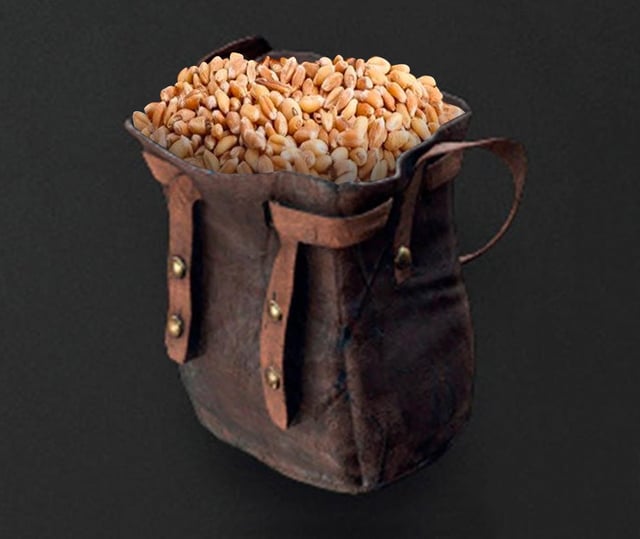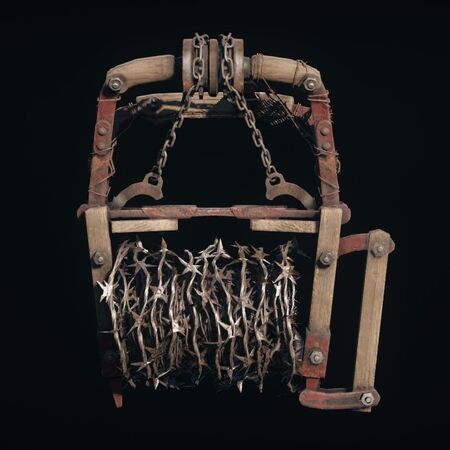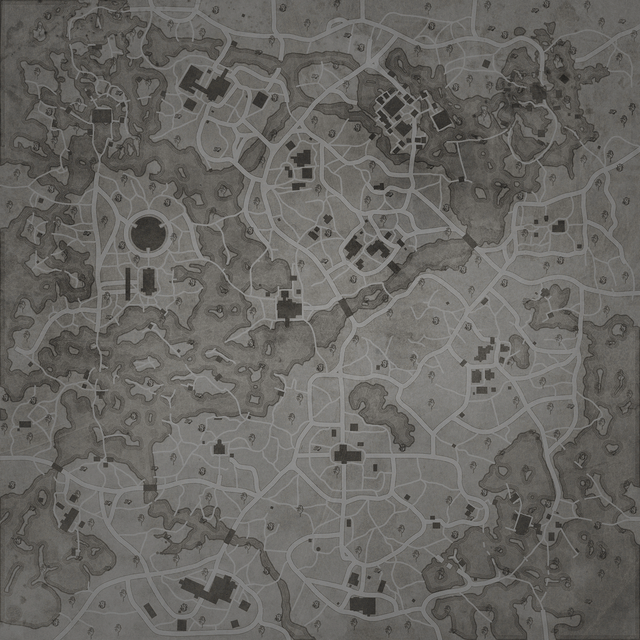Mastering Sound Traps in Hunt: Showdown: A XenGamer.

Hunt: Showdown is a brutal game of skill, strategy, and nerve. While gunplay and boss knowledge are crucial, mastering the art of auditory deception is what truly separates the grizzled veterans from the fresh-faced recruits. For solo players and duos who often find themselves playing solo, sound traps become an invaluable tool, offering early warnings, map control, and the opportunity to set devastating ambushes. This comprehensive guide, brought to you by XenGamer.com, will delve deep into the world of sound traps, providing you with the knowledge and strategies you need to dominate the bayou.
The Art of Auditory Deception
In Hunt: Showdown, silence is golden, and information is power. Sound traps provide both. Unlike many shooters, Hunt prioritizes sound cues, making them critical for survival. For solo players, these audio alerts are your lifeline, compensating for the lack of a teammate’s eyes and ears. They alert you to approaching enemies, grant you precious seconds to prepare, and allow you to control the flow of combat. A well-placed sound trap isn't just a warning; it's an opportunity to turn the hunter into the hunted.
Step-by-Step Strategy: Setting and Utilizing Sound Traps
Understanding the Arsenal of Noise
The bayou is filled with naturally occurring sound traps, each with distinct auditory characteristics. Knowing these differences is key to utilizing them effectively. Here’s a breakdown:
Crows: These feathered fiends are your most reliable alarm system. Their distinctive caw is easily recognizable and can be heard from a considerable distance.
Horses: Located near stables and farms, horses produce a loud whinny and agitated stomping. They have a wide detection radius, making them excellent for covering large areas.
Chains: Often found hanging near buildings or strung across paths, chains create a metallic clanging sound. Their range is somewhat limited, but they're effective in enclosed spaces.
Glass Shards: Scattered around broken windows and destroyed areas, glass shards produce a crunching sound underfoot. They're best used in areas where stealth is expected.
Dog Kennels: A less common trap, disturbing these results in barking dogs, audible from a substantial distance.
Prime Locations for Maximum Impact
Knowing where to place yourself in relation to sound traps is just as important as knowing what they sound like. Here are some specific examples across Hunt: Showdown's maps:
- Stillwater Bayou: The muddy path leading into Darrow Livestock is a popular entry point; crows placed here will provide early warning. Also, the area around Healing Waters Church, especially the shadowed doorway of the main building, is ideal for chain traps.
- Lawson Delta: The winding paths around Lawson Station are rife with opportunities. The bridges near Port Reeker are excellent for horse placement; their loud whinnies can be heard across the water.

- Desalle: The tight corridors of the saloon are perfect for glass shards and chain traps. The rooftops overlooking the main street offer excellent vantage points for observing sound trap activity.
Strategic Triggering: More Than Just Running Through
Simply alerting sound traps by running through them is often a waste. Here are more strategic methods:
- Decoys: Throwing decoys towards crows or across glass shards can trigger them remotely, misleading enemies and creating false alarms.
- Concertina Bombs: Placing a concertina bomb near crows and detonating it as enemies approach not only triggers the crows but also punishes them for investigating.
- Blank Fire Decoys: Placing a Blank Fire Decoy near crows is an efficient way to make the enemy think there is a hunter in the area. This can be used to lure them into a trap or push them away entirely.
Combining Sound with Mayhem: Synergy is Key
Sound traps are even more potent when combined with other tools:
- Concertina Bombs/Poison Traps: Place these near sound traps to create a deadly combination. Enemies alerted by the sound will often rush in, only to be met with a face full of barbed wire or poison gas.

- Strategic Positioning: After triggering a sound trap, immediately move to a nearby vantage point to ambush approaching enemies.
Tips and Tricks: Advanced Sound Tactics
Predicting Enemy Movement: Listen Closely
Experienced hunters listen for more than just the obvious.
- Footsteps: Footsteps on wood are distinct from those on mud or metal. This can tell you where an enemy is within a building.
- Healing/Reloading: The sounds of healing or reloading indicate a vulnerable target. Use this to your advantage.
- Crouch Walking: Be wary of the absence of sound; enemies might be crouch-walking.
Diversions and Bait: Playing Mind Games
Use sound traps to manipulate your opponents:
- False Flanks: Triggering a sound trap on one side of a compound can make enemies think you're flanking, drawing them away from the real objective.
- The Ambush Setup: Intentionally trigger a nearby sound trap, then lie in wait. Enemies will often approach cautiously, making them easier to pick off.
The Psychological Impact: Fear is a Weapon
The constant threat of sound traps can create anxiety, leading to mistakes. Use this to your advantage. The awareness that you might be near a trap can cause hesitation and missteps.
Counter-Strategies: Avoiding the Trap
Don't become a victim of your own strategy:
- Crouch-Walk: Crouch-walking significantly reduces your noise, allowing you to bypass many sound traps.
- Darksight: Use Darksight to detect disturbances; crows that have been recently disturbed will often show up as a subtle visual cue.
- Listen Carefully: Tampered sound traps might sound slightly different. A crow that's been shot might have a faint blood splatter sound if you listen close enough.
PC-Specific Notes: Enhancing Your Auditory Awareness
Audio Settings: Fine-Tuning Your Ears
Optimizing your audio settings can provide a significant advantage:
- Dynamic Range: Set your dynamic range to "Night Mode" or a similar setting. This emphasizes quieter sounds, making footsteps and other subtle cues more audible.

- Headphones/Sound Card: Invest in headphones with good directional audio. A dedicated sound card can also improve sound quality and positional accuracy.
Ethical Considerations: No Third-Party Software
Be aware of the game's terms of service regarding overlay tools. Visualizing sound direction using third-party software is generally considered cheating and can result in a ban.
Performance Tweaks: Maintaining Clarity
Maintain a stable framerate, especially during intense audio moments:
- Reduce Particle Effects/Shadow Quality: These settings can impact performance without significantly affecting audio clarity.
Conclusion: Mastering the Soundscape
Mastering sound traps in Hunt: Showdown is an art form. It requires practice, patience, and a keen ear. However, the benefits are undeniable: increased map control, improved player tracking, and a significant advantage in engagements.

Don't be afraid to experiment with different strategies and adapt them to your play style. The bayou is a dangerous place, but with a little knowledge and a lot of listening, you can become a master of the soundscape and turn the odds in your favor. So get out there, listen up, and show those other hunters what you've learned on XenGamer.com! Good hunting!